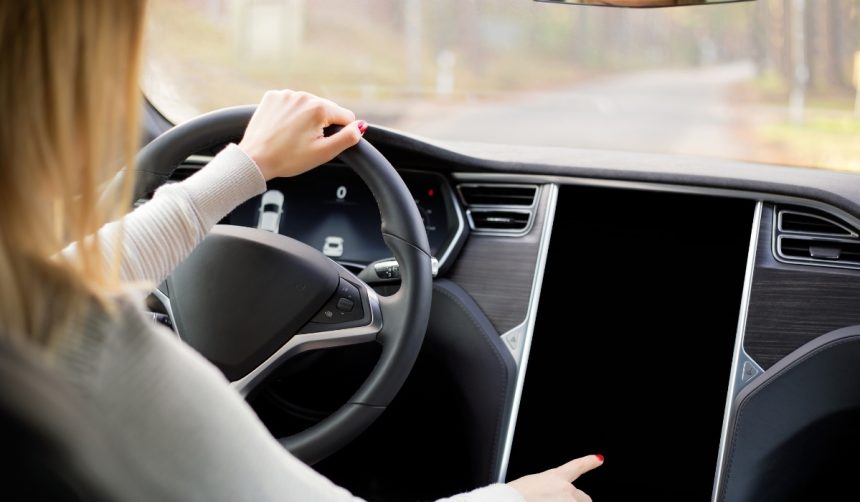Tesla’s push to broaden its Robotaxi suite has taken on new momentum. As the electric vehicle company gears up to deploy its autonomous ride-hailing service in additional cities, regulators, competitors, and consumers take note of what such moves mean for local transportation and public trust in self-driving technologies. Company representatives have stated a consistent intent to expand the reach and capabilities of their Robotaxi system, which has been available in limited areas until recently. The latest announcement signals a wider rollout, yet operational and legislative challenges remain critical to observe.
Earlier timelines from Tesla projected a wider deployment for Robotaxi, with some early goals involving nationwide coverage by now. So far, actual growth has proceeded in more controlled stages, with initial launches in Austin and the Bay Area shaping subsequent expansions. Unlike previous years, this strategy reflects a measured approach, as regulatory frameworks and public feedback impact operational decisions. Other cities will become test cases for managing various local requirements, whereas earlier launches tended to focus on regions with less restrictive rules or more enthusiasm for innovation.
Where Will Tesla Launch Robotaxi Next?
During its recent Annual Shareholder Meeting, Tesla confirmed plans to introduce the Robotaxi service in Las Vegas, Phoenix, Dallas, Houston, and Miami. This expansion is set to increase access to Tesla’s autonomous ride-hailing offering, beyond its existing operations in Austin and the Bay Area. The new cities represent diverse transportation markets, likely influencing how the company tailors the Robotaxi user experience based on local needs and regulatory guidelines.
How Are Rules Shaping the Service Rollout?
Tesla’s Robotaxi deployment varies widely due to differences in state and city regulations. For instance, Austin permits fully driverless operation on certain roads, whereas the Bay Area requires a Safety Monitor in the driver’s seat, even as Full Self-Driving technology controls the car. This patchwork of legislation will keep shaping Tesla’s operational methods and the service’s public perception as it moves into new markets. The company acknowledges the ongoing adaptation necessary to comply with each jurisdiction’s provisions.
What New Features Could Robotaxi Users Expect?
At the Shareholder Meeting, CEO Elon Musk suggested that Tesla is developing features that could enable users to text while the vehicle drives, potentially reducing driver workload. Musk stated,
“We’ll likely be able to let you text while the vehicle drives in a month or two.”
However, he emphasized that the timeline for such features is flexible, and no fixed release date exists. He further commented,
“We’re progressing but need to meet all safety requirements before wide release.”
Tesla aims to provide Robotaxi access to half of the U.S. population by year’s end, although the rollout beyond these five additional cities remains uncertain for this year. By proactively addressing regulatory environments and technological limitations, the company seeks to balance ambition and risk. The outcome of these expansions may influence future partnerships, regional adoption strategies, and ongoing developments in autonomous technology.
For those following developments in autonomous vehicles, Tesla’s incremental approach with Robotaxi highlights the interplay between technical advancement and compliance with public safety standards. Potential users should monitor updates to learn when the service becomes available in their area and how local rules may impact their experience. As more people sample these services, insights gathered from different regions could shape improvements, guide regulation, and inform consumer choices over time.










